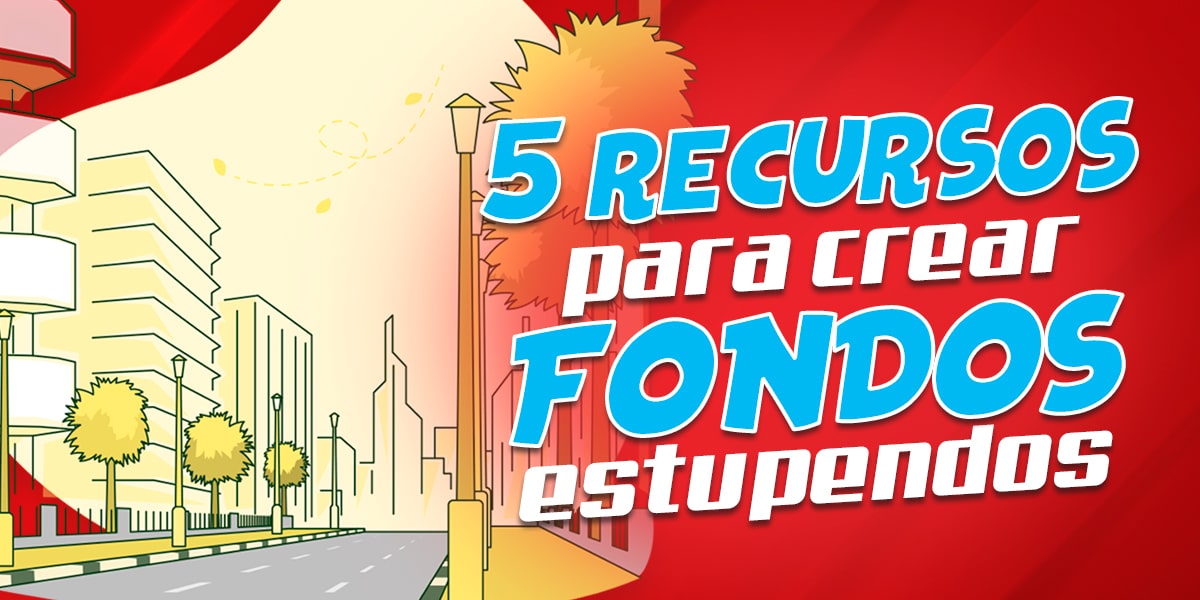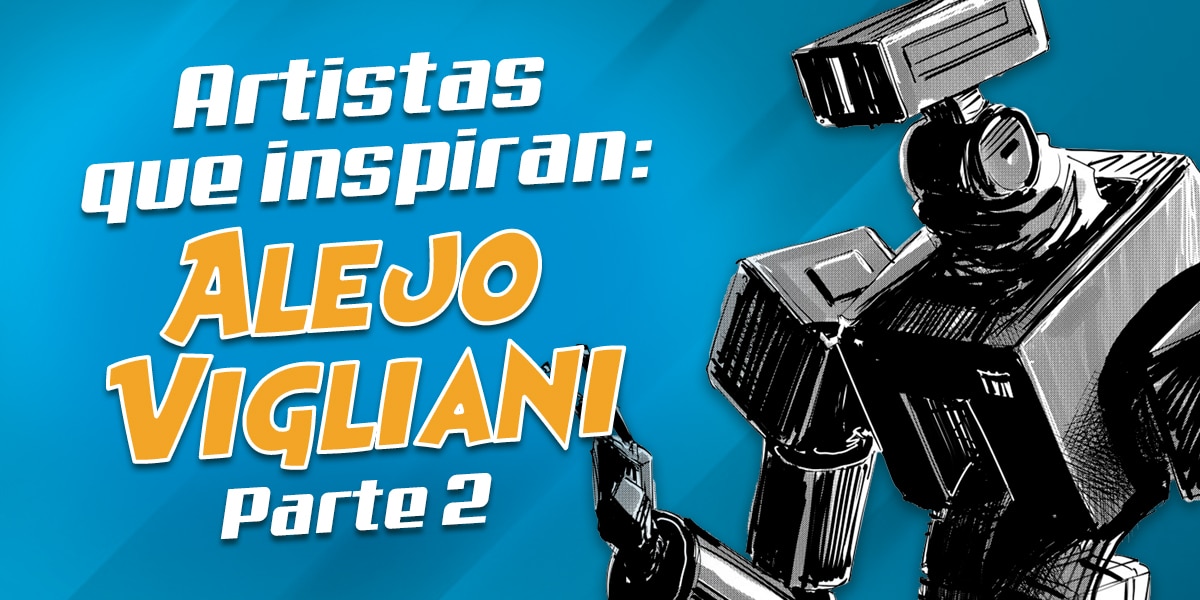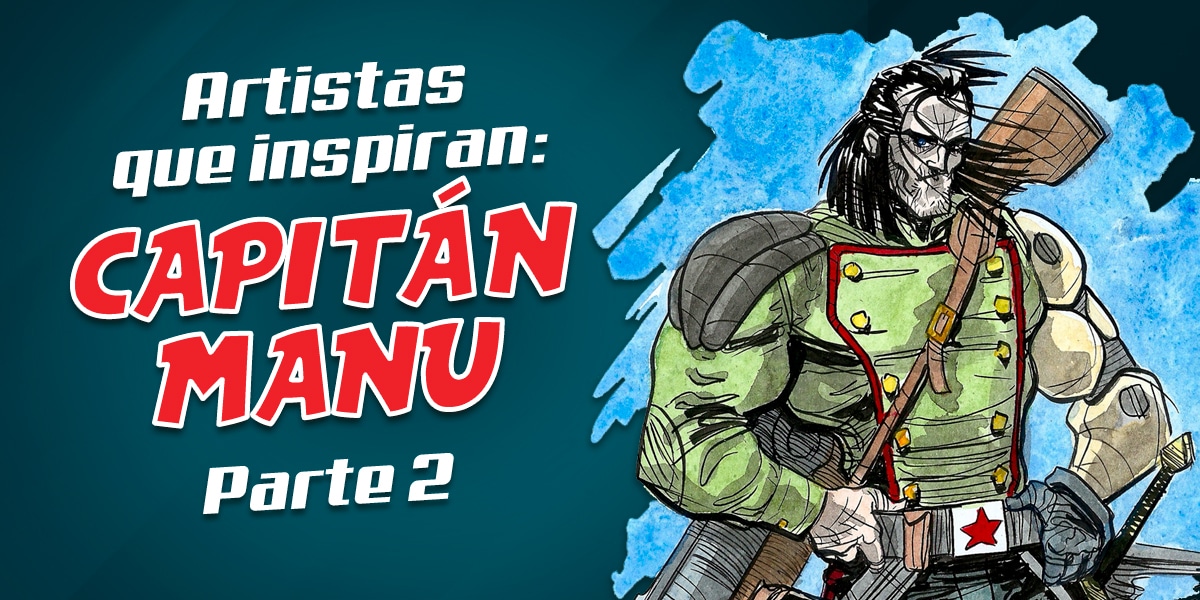5 Recursos para crear fondos estupendos
¿Alguna vez te has preguntado cómo los artistas profesionales logran crear esos fondos impresionantes que parecen cobrar vida propia? ¿Te gustaría elevar tus ilustraciones al siguiente nivel, dotándolas de profundidad y realismo? En este artículo, te revelaremos 5 recursos esenciales que transformarán la manera en que creas fondos para tus dibujos. Prepárate para sumergirte en un mundo de perspectivas, luces y sombras que harán que tus escenarios cobren vida como nunca antes. ¡Sigue leyendo y descubre los secretos para crear fondos que dejarán a todos boquiabiertos!
Por Julian Mooyes
Domina el arte de los fondos: 5 claves imprescindibles
Los fondos son mucho más que un simple telón para tus personajes. Son el alma de tu ilustración, el contexto que da vida y profundidad a tu historia visual. Con las técnicas adecuadas, puedes transformar un dibujo plano en una ventana a un mundo tridimensional fascinante. ¿Estás listo para dar ese salto cualitativo en tu arte? Vamos a sumergirnos en los cinco recursos que revolucionarán tu forma de crear fondos.
1. El poder de la profundidad: Horizonte y punto de fuga
¿Alguna vez has notado cómo tus dibujos parecen carecer de esa dimensión que ves en las obras de los grandes maestros? La clave está en comprender y aplicar correctamente los conceptos de horizonte y punto de fuga. Estos elementos son los cimientos sobre los que se construye la ilusión de profundidad en tus ilustraciones.
El horizonte: La línea que divide mundos
Imagina que estás en una playa, mirando hacia el mar. Esa línea donde el cielo parece encontrarse con el agua es el horizonte. En el dibujo, el horizonte es una herramienta poderosa para establecer la perspectiva y la escala de tu escena. Generalmente, se ubica a la altura de los ojos del observador, pero puedes jugar con su posición para crear efectos dramáticos.
Por ejemplo, un horizonte bajo puede hacer que los elementos de tu dibujo parezcan imponentes y majestuosos, perfecto para escenas épicas o paisajes grandiosos. Por otro lado, un horizonte alto puede crear una sensación de intimidad o claustrofobia, ideal para escenas urbanas densas o interiores acogedores.
El punto de fuga: Donde converge la realidad
El punto de fuga es el lugar mágico donde todas las líneas paralelas parecen encontrarse en la distancia. Es el ancla de tu perspectiva, el punto hacia el cual todo en tu dibujo parece dirigirse. Dominar el uso del punto de fuga te permitirá crear escenas con una profundidad asombrosa.
Piensa en una calle larga y recta. A medida que miras hacia el final de la calle, las aceras, los edificios y las líneas de la carretera parecen converger en un solo punto. Ese es tu punto de fuga. Utilizando este principio, puedes guiar la mirada del espectador hacia donde tú quieras, creando un recorrido visual fascinante en tu ilustración.
Para escenas más complejas, puedes utilizar múltiples puntos de fuga. Esto te permite crear ambientes más dinámicos y realistas, donde los objetos están en diferentes ángulos. ¿Quieres llevar tus habilidades de perspectiva al siguiente nivel? Descubre más aquí y aprende a dominar estas técnicas esenciales.
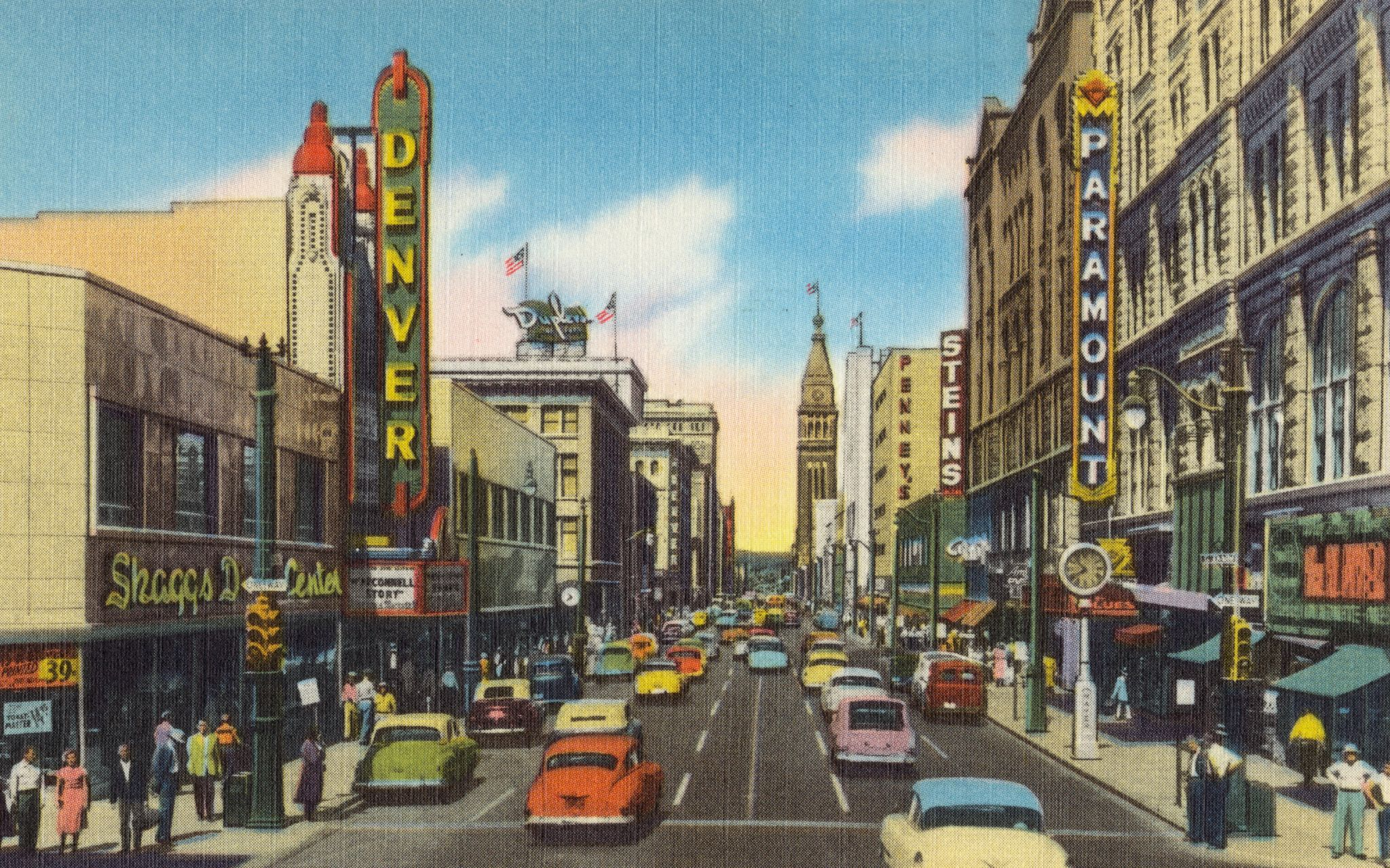
Varios elementos paralelos a un mismo punto de fuga.
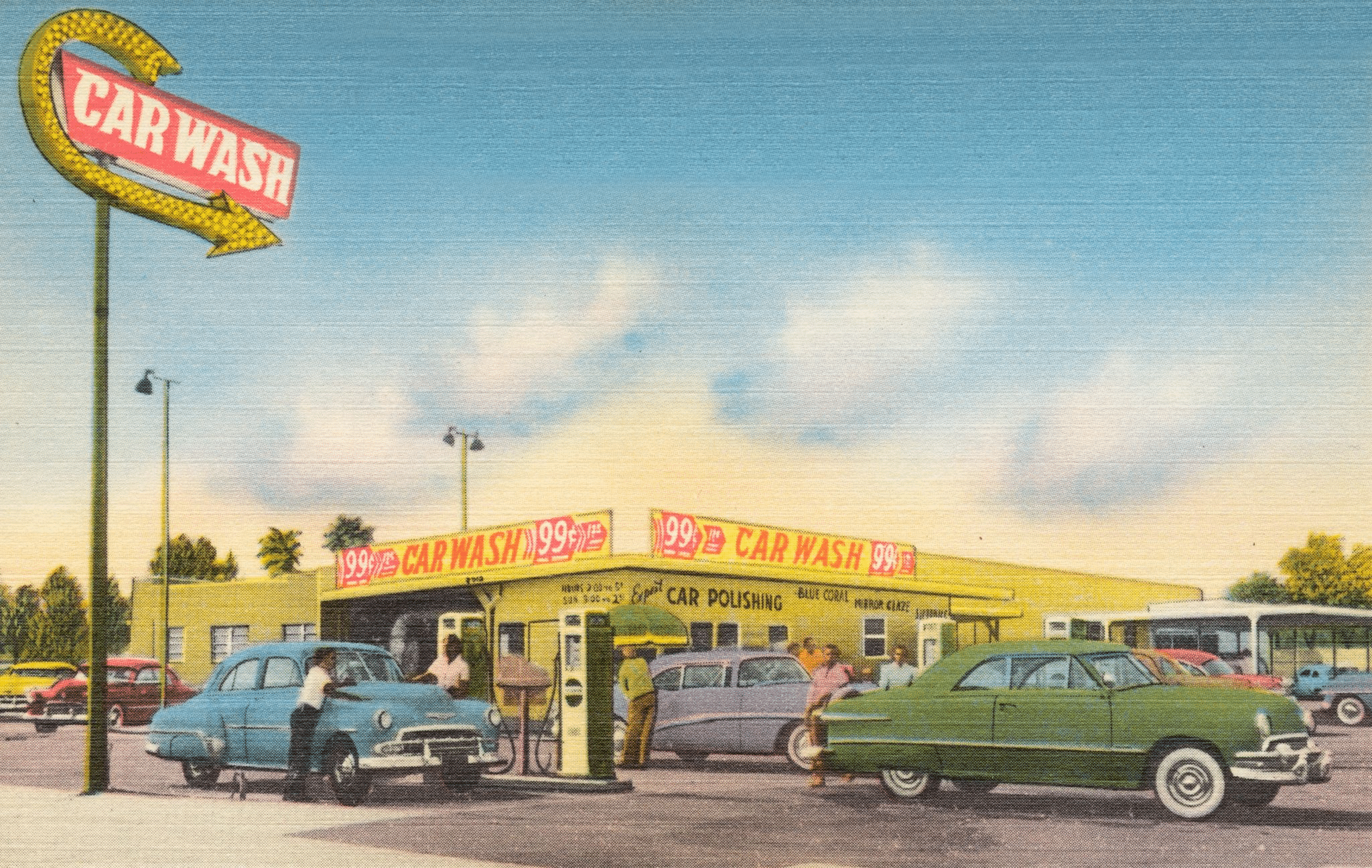
Perspectiva con dos puntos de fuga. Vértice de un objeto y más elementos
Recuerda, la práctica hace al maestro. Experimenta con diferentes posiciones del horizonte y juega con uno, dos o incluso tres puntos de fuga. Verás cómo tus fondos cobran vida y profundidad con cada trazo.
2. El arte de la superposición: Creando capas de realidad
La superposición es una técnica poderosa pero a menudo subestimada en la creación de fondos. Es la forma más directa de comunicar qué está delante y qué está detrás en tu ilustración, añadiendo instantáneamente profundidad y realismo a tu escena.
Rompiendo el miedo a tapar
Muchos artistas principiantes temen “arruinar” su dibujo tapando elementos que han trabajado arduamente. Sin embargo, es precisamente este acto de superposición lo que da vida y credibilidad a tu escena. Piensa en cómo, en la vida real, los objetos se tapan entre sí constantemente. Un árbol puede ocultar parte de un edificio, una persona puede estar parcialmente escondida detrás de un poste de luz.
Al incorporar la superposición en tus fondos, estás creando un mundo tridimensional en el que el espectador puede “entrar”. Esto añade una riqueza y complejidad a tu ilustración que es imposible de lograr de otra manera.
Creando profundidad con capas
La superposición no solo se trata de objetos grandes tapando a otros. Puedes crear capas sutiles de profundidad superponiendo elementos de diferentes tamaños y a diferentes distancias. Por ejemplo, en una escena de bosque, podrías tener:
- Hojas y ramas en primer plano, parcialmente fuera de foco
- Árboles principales en el plano medio
- Siluetas de árboles más lejanos en el fondo
- Montañas o cielo en el horizonte
Cada capa se superpone ligeramente a la siguiente, creando una sensación de profundidad y espacio que invita al ojo a explorar la escena.
Haz clic aquí para explorar técnicas avanzadas de superposición y aprende a crear fondos que transporten a tus espectadores a mundos increíblemente detallados y realistas.
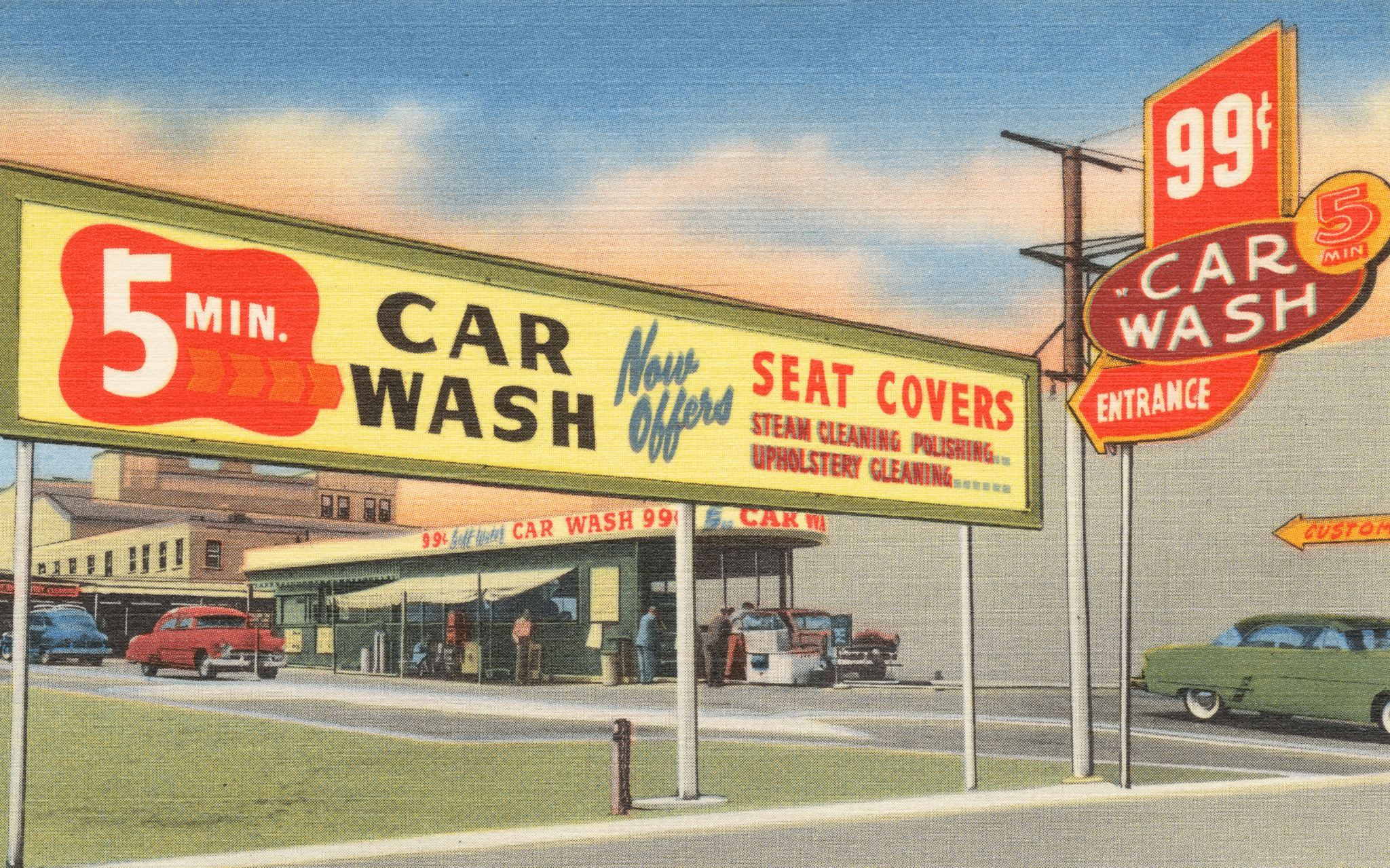
Si acercamos y superponemos los elementos logramos una imagen más creíble.
La superposición es una herramienta poderosa en tu arsenal artístico. Úsala con confianza y verás cómo tus fondos ganan en profundidad y realismo, creando escenas que invitan al espectador a sumergirse en ellas.
3. Dominando la ubicación en el plano: El secreto de la profundidad
La ubicación de los elementos en el plano de tu dibujo es crucial para crear una sensación convincente de profundidad. Este concepto, aunque simple en teoría, puede transformar radicalmente la forma en que tus fondos comunican distancia y espacio.
El horizonte como punto de referencia
Recuerda que la línea del horizonte es tu aliada principal en este juego de profundidad. Todo lo que está por debajo de esta línea se considera “tierra” o “piso”. La clave está en cómo utilizas el espacio entre el borde inferior de tu dibujo y la línea del horizonte para crear la ilusión de distancia.
La regla de la cercanía
Aquí tienes una regla simple pero efectiva:
- Cuanto más cerca esté un objeto del borde inferior de tu dibujo, más cerca parecerá estar del espectador.
- Cuanto más cerca esté un objeto de la línea del horizonte, más lejos parecerá estar.
Esta regla se basa en cómo percibimos naturalmente el mundo. Cuando miramos un paisaje, los objetos cercanos a nuestros pies parecen grandes y ocupan más espacio en nuestro campo visual, mientras que los objetos lejanos se ven más pequeños y se acercan a la línea del horizonte.
Aplicando la técnica
Para poner esto en práctica:
- Dibuja objetos grandes y detallados cerca del borde inferior para el primer plano.
- Coloca objetos de tamaño medio en el centro para el plano medio.
- Ubica objetos pequeños y menos detallados cerca del horizonte para el fondo.
Esta técnica no solo crea profundidad, sino que también guía la mirada del espectador a través de tu ilustración, creando un recorrido visual interesante.
¿Listo para perfeccionar el arte de la composición? Descubre más aquí y aprende a crear fondos que guíen la mirada del espectador de manera magistral.
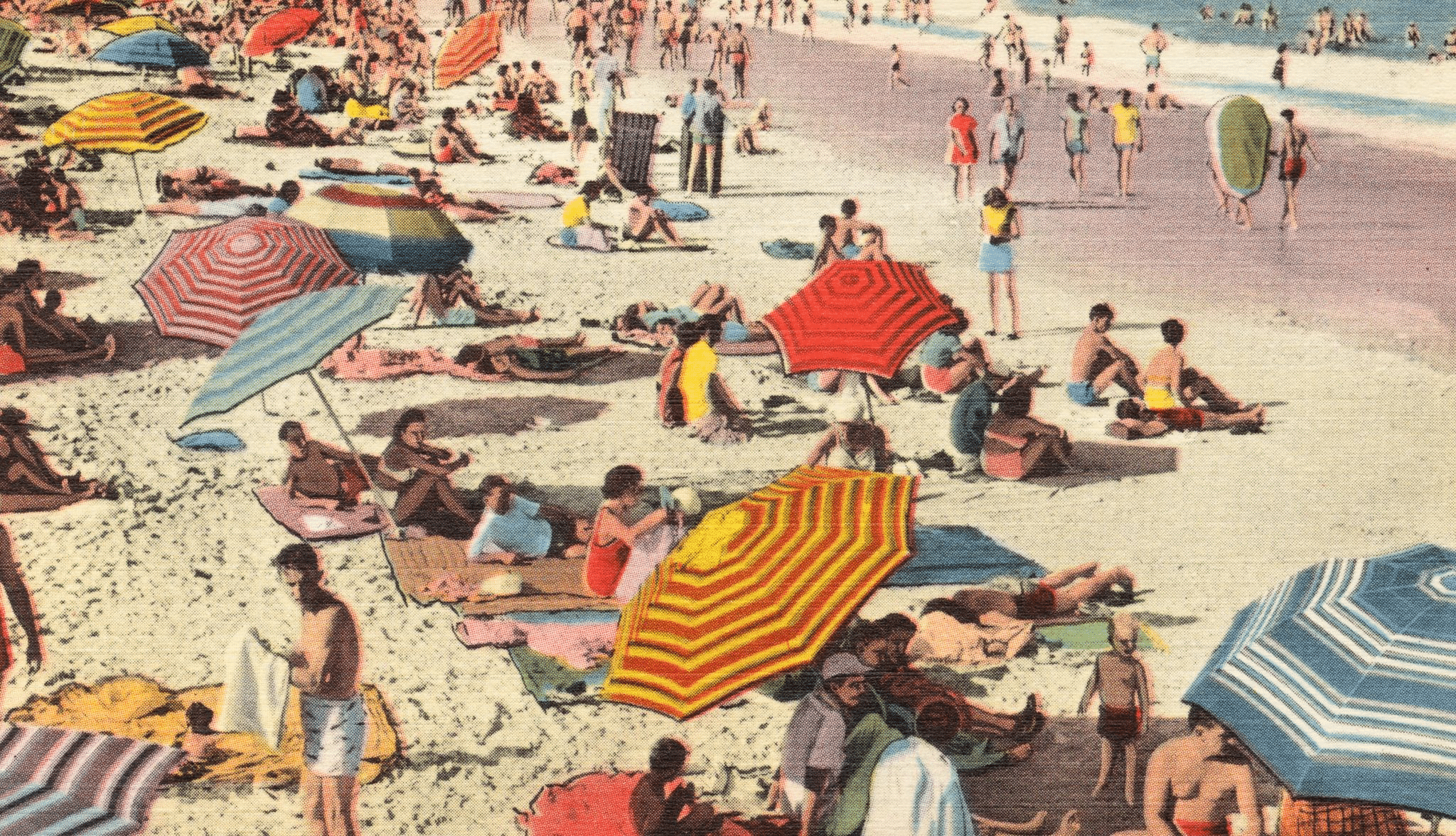
Los elementos más cercanos al horizonte (más arriba) se visualizan más lejanos, y a medida que su base está abajo, se acercan al espectador.
Dominar la ubicación en el plano te permitirá crear fondos con una profundidad sorprendente, llevando tus ilustraciones a un nuevo nivel de realismo y atractivo visual.
4. El poder de las formas volumétricas: Dando vida a tus objetos
Las formas volumétricas son la clave para transformar tus dibujos planos en representaciones tridimensionales convincentes. Estas formas no solo añaden profundidad a tus objetos individuales, sino que también contribuyen a la sensación general de espacio en tu fondo.
Entendiendo las formas volumétricas
Una forma volumétrica es aquella que muestra más de una cara o aspecto de un objeto. En lugar de dibujar simplemente el frente de una casa, por ejemplo, mostrarías también un lado y quizás parte del techo. Esto inmediatamente comunica al espectador que el objeto existe en un espacio tridimensional.
Construyendo desde lo básico
Para dominar las formas volumétricas, comienza con las formas básicas:
- Cubos
- Esferas
- Cilindros
- Conos
Estas formas son los bloques de construcción de objetos más complejos. Una casa, por ejemplo, puede comenzar como un cubo simple. A medida que añades detalles, como el techo inclinado, ventanas y puertas, la forma básica evoluciona, pero mantiene su esencia volumétrica.
La importancia de los ángulos
Los ángulos son cruciales en la creación de formas volumétricas convincentes. Cuando dibujas la esquina de un edificio, por ejemplo, estás esencialmente mostrando dos caras que se encuentran en un ángulo de 90 grados. Este ángulo debe mantenerse consistente desde la base hasta la parte superior del edificio para que la forma sea creíble.
Superposición dentro del objeto
Al dibujar formas volumétricas, naturalmente crearás superposición dentro del mismo objeto. Por ejemplo, en un cubo visto desde una esquina, una cara tapará parcialmente a otra. Esta superposición interna refuerza la sensación de tridimensionalidad y añade complejidad visual a tu dibujo.
¿Quieres mejorar tus habilidades para crear formas volumétricas? Explora más aquí y descubre cómo dar vida a tus objetos con técnicas avanzadas de dibujo tridimensional.
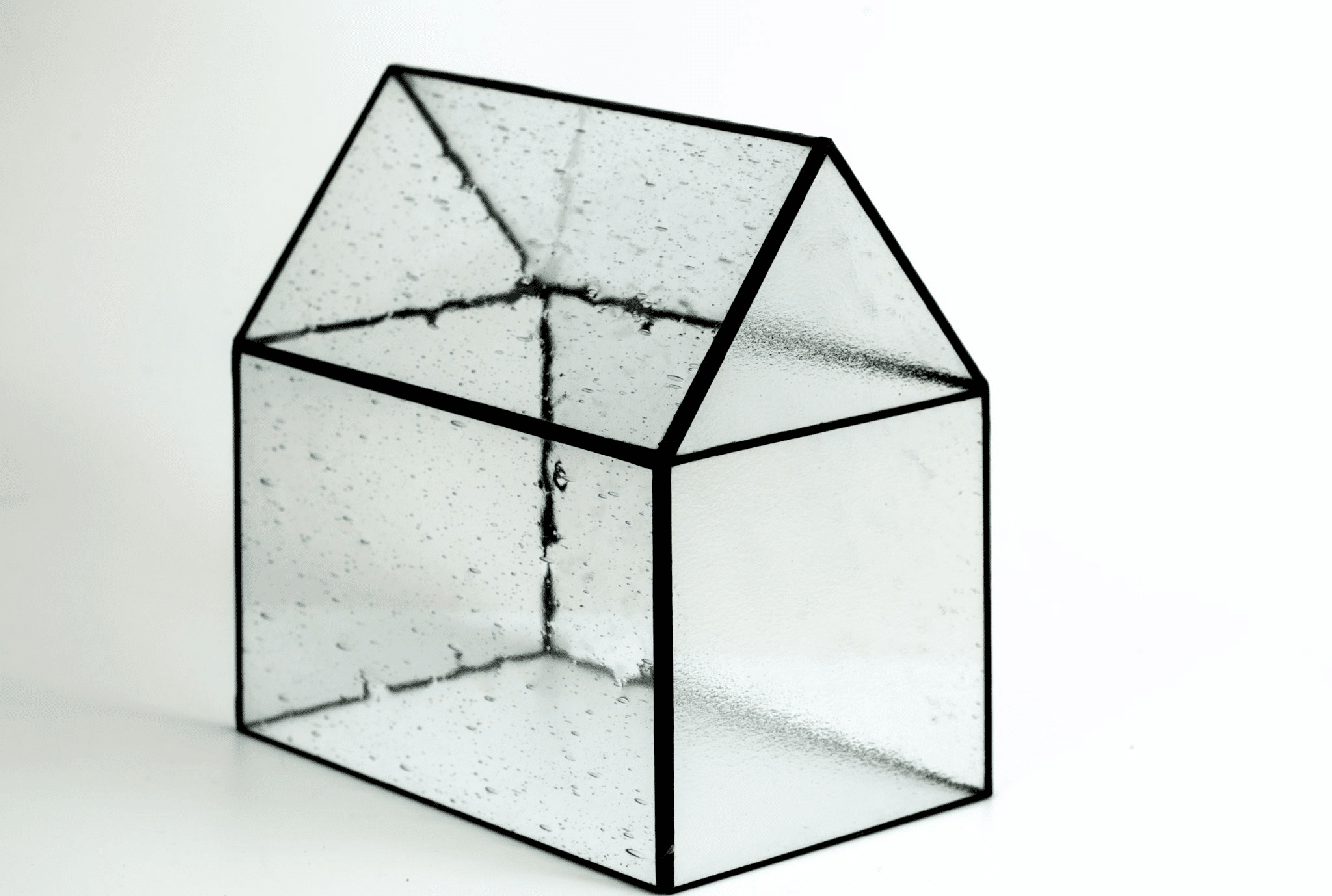
Aquí vemos varias caras de una simple casa, partiendo del dibujo del clásico cubo.
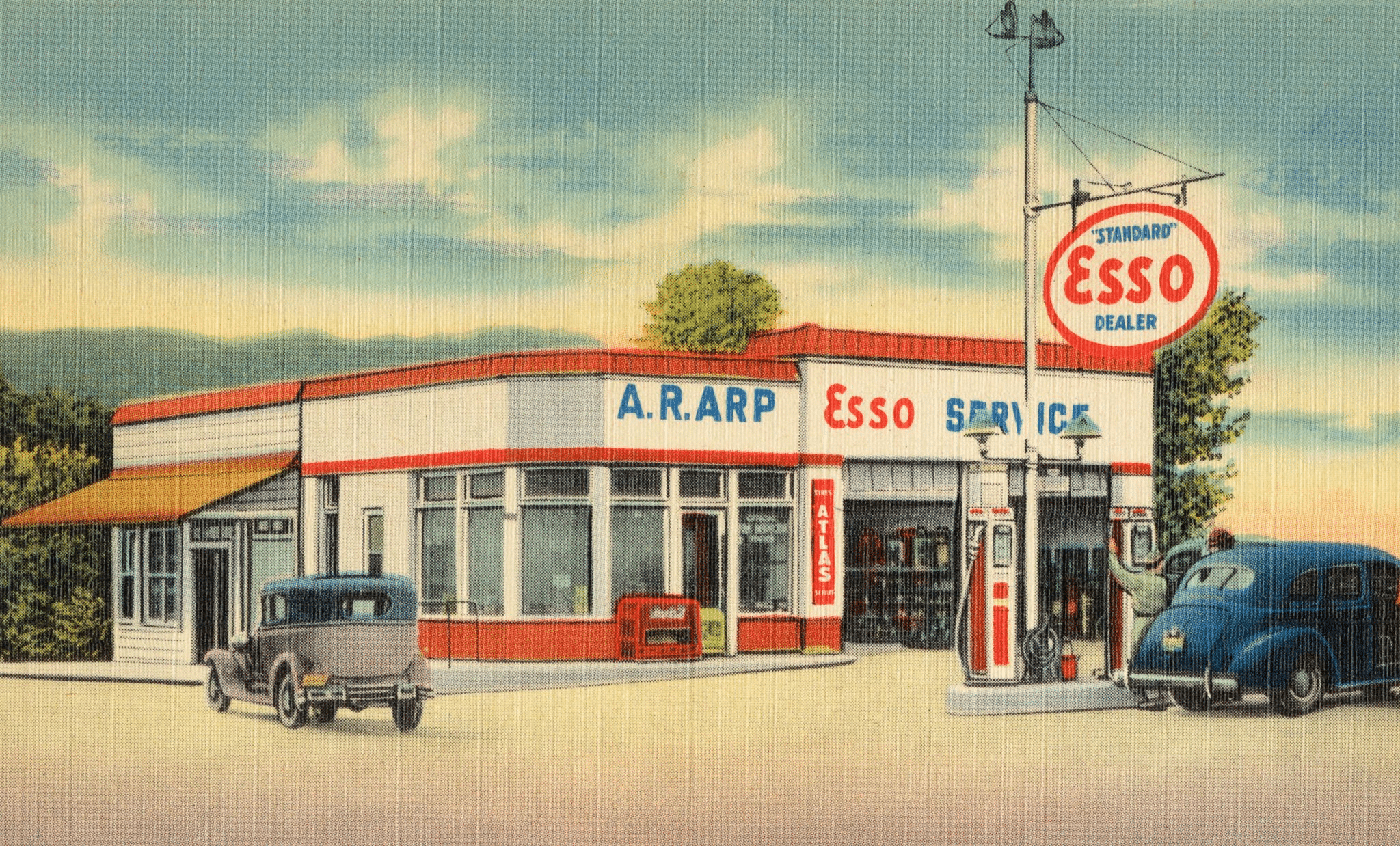
Si vemos varias caras de los objetos tendremos una imagen más volumétrica.
Dominar las formas volumétricas te permitirá crear fondos con objetos que parecen existir realmente en el espacio, añadiendo una dimensión de realismo y profundidad a tus ilustraciones que cautivará a tus espectadores.
5. El arte de la luz y la sombra: Dando vida a tus escenarios
La luz y la sombra son quizás los elementos más poderosos para crear profundidad, volumen y atmósfera en tus fondos. Dominar estas técnicas puede transformar completamente tus ilustraciones, dotándolas de un realismo y una dimensión que cautivan al espectador.
El principio básico: Luz frontal, sombra detrás
El concepto fundamental es simple: las partes iluminadas de un objeto tienden a percibirse como más cercanas al espectador, mientras que las áreas en sombra parecen retroceder. Este principio básico te permite crear volumen incluso en formas simples, simplemente oscureciendo algunas áreas y aclarando otras.
Creando volumen con gradientes
Para objetos más complejos, como una columna cilíndrica, utiliza gradientes suaves de luz a sombra. La transición gradual de claro a oscuro crea la ilusión de una superficie curva, añadiendo dimensión a tu dibujo. Recuerda que la dirección de este gradiente dependerá de dónde coloques tu fuente de luz.
El poder de las sombras proyectadas
Las sombras proyectadas son aquellas que un objeto arroja sobre otra superficie. Estas sombras no solo añaden realismo, sino que también ayudan a establecer la relación espacial entre los objetos. Por ejemplo, la sombra de un árbol sobre el suelo puede indicar la hora del día y la dirección de la luz, además de anclar el árbol firmemente en el escenario.
Luz y atmósfera
La luz no solo afecta a los objetos individuales, sino que también puede crear atmósfera en toda tu escena. Una luz cálida y dorada puede evocar un atardecer tranquilo, mientras que sombras largas y dramáticas pueden crear una sensación de misterio o tensión. Juega con diferentes esquemas de iluminación para transmitir diferentes estados de ánimo en tus fondos.
¿Ansioso por dominar las técnicas de luz y sombra? Ingresa aquí para perfeccionar el arte de la iluminación en tus dibujos y descubre cómo crear ambientes cautivadores que transporten a tus espectadores.
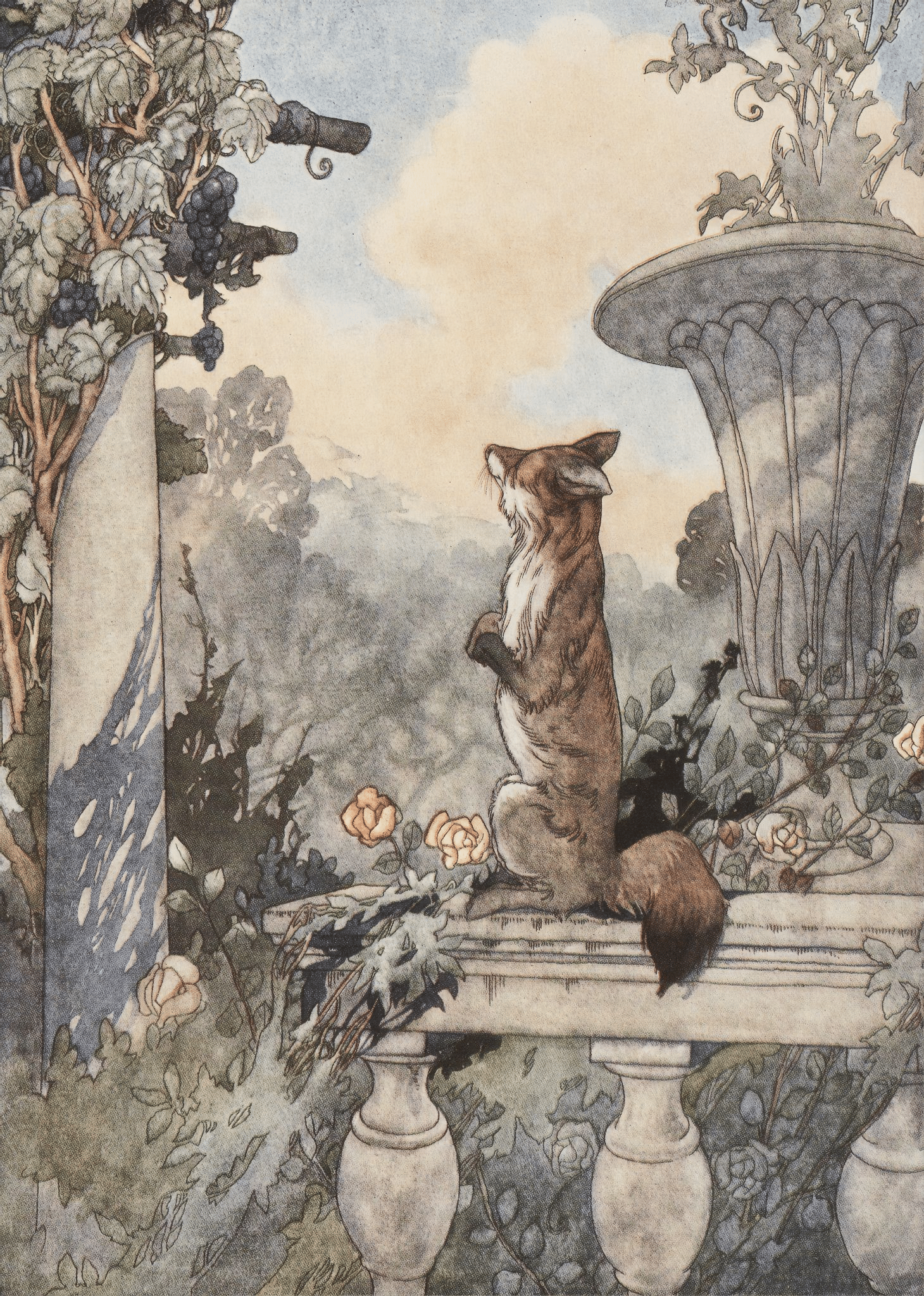
Sombra sobre el objeto y sombra proyectada.
Logra un fondo maravilloso: Poniendo todo junto
Ahora que hemos explorado estos cinco recursos esenciales, es momento de ponerlos en práctica para crear fondos verdaderamente impresionantes. Recuerda que cada técnica no funciona de manera aislada, sino que se complementan entre sí para crear una escena cohesiva y convincente.
Integrando las técnicas
Comienza con la perspectiva y el punto de fuga para establecer la estructura básica de tu escena. Luego, utiliza la superposición y la ubicación en el plano para distribuir tus elementos de manera que creen profundidad. Añade formas volumétricas para dar vida a los objetos individuales, y finalmente, aplica luz y sombra para unificar toda la escena y crear atmósfera.
Práctica y experimentación
La clave para dominar estos recursos es la práctica constante. No temas experimentar con diferentes combinaciones de técnicas. Cada fondo que crees será una oportunidad para aprender y mejorar. Con el tiempo, estos recursos se convertirán en una segunda naturaleza, permitiéndote crear fondos impresionantes con facilidad.
El fondo como protagonista
Recuerda que un fondo bien ejecutado no es solo un telón de fondo para tus personajes, sino una parte integral de tu narrativa visual. Un fondo detallado y atmosférico puede contar una historia por sí mismo, añadiendo capas de profundidad y significado a tu ilustración.
¿Listo para llevar tus fondos al siguiente nivel? Haz clic aquí para descubrir recursos avanzados y técnicas que te ayudarán a crear escenarios que dejarán sin aliento a tu audiencia.
Conclusión: El camino hacia fondos extraordinarios
Dominar el arte de crear fondos estupendos es un viaje emocionante que requiere práctica, paciencia y pasión. Los cinco recursos que hemos explorado – perspectiva, superposición, ubicación en el plano, formas volumétricas, y luz y sombra – son herramientas poderosas que, cuando se dominan, pueden transformar tus ilustraciones de simples dibujos a ventanas a mundos completamente nuevos.
Recuerda que cada trazo que haces, cada sombra que añades, y cada perspectiva que creas, contribuye a la historia que estás contando. Un fondo bien ejecutado no solo complementa tus personajes y objetos principales, sino que les da vida, contexto y profundidad.
A medida que continúes practicando y perfeccionando estas técnicas, descubrirás que tus fondos se vuelven cada vez más ricos, detallados y atmosféricos. No temas experimentar, cometer errores y aprender de ellos. Cada ilustración es una oportunidad para crecer y mejorar.
Así que toma tu lápiz, abre tu cuaderno de bocetos y comienza a explorar las infinitas posibilidades que estos recursos te ofrecen. Con dedicación y práctica, pronto estarás creando fondos que no solo impresionarán a tu audiencia, sino que también te llenarán de orgullo y satisfacción como artista.
Recuerda, el fondo no es solo algo que está detrás de tus dibujos; es el mundo en el que viven, el aire que respiran, la historia que cuentan. Es tan importante en la ilustración como en la vida misma. Así que da rienda suelta a tu creatividad y comienza a crear fondos que hagan que tus ilustraciones cobren vida como nunca antes.
¿Estás listo para revolucionar tus habilidades artísticas? Da el siguiente paso en tu viaje creativo aquí y descubre un mundo de posibilidades para tus ilustraciones.

